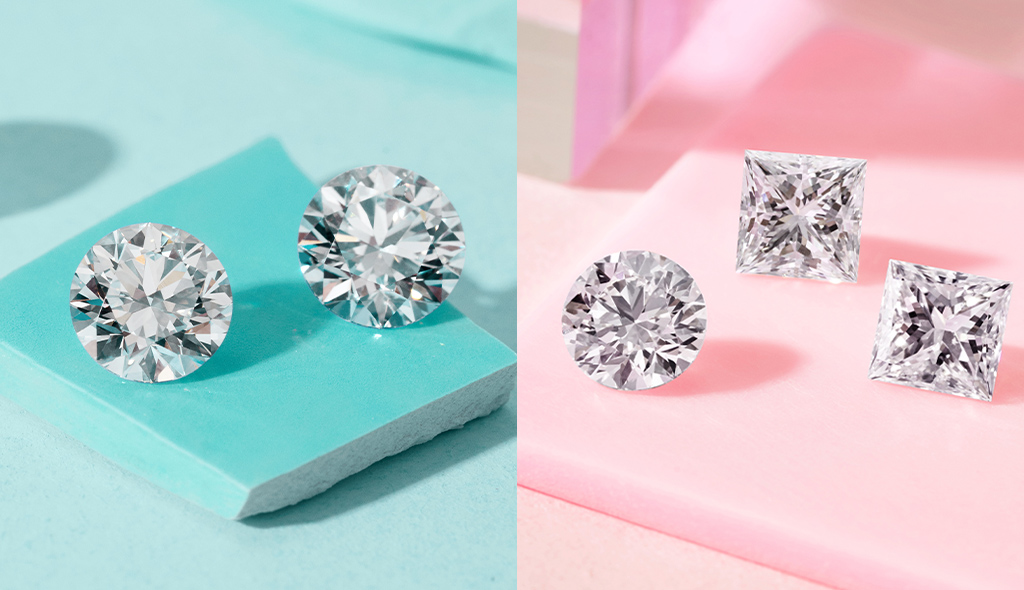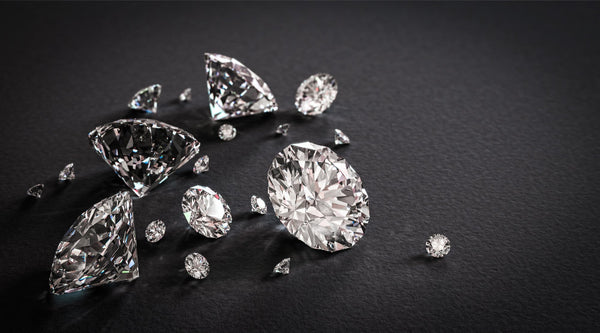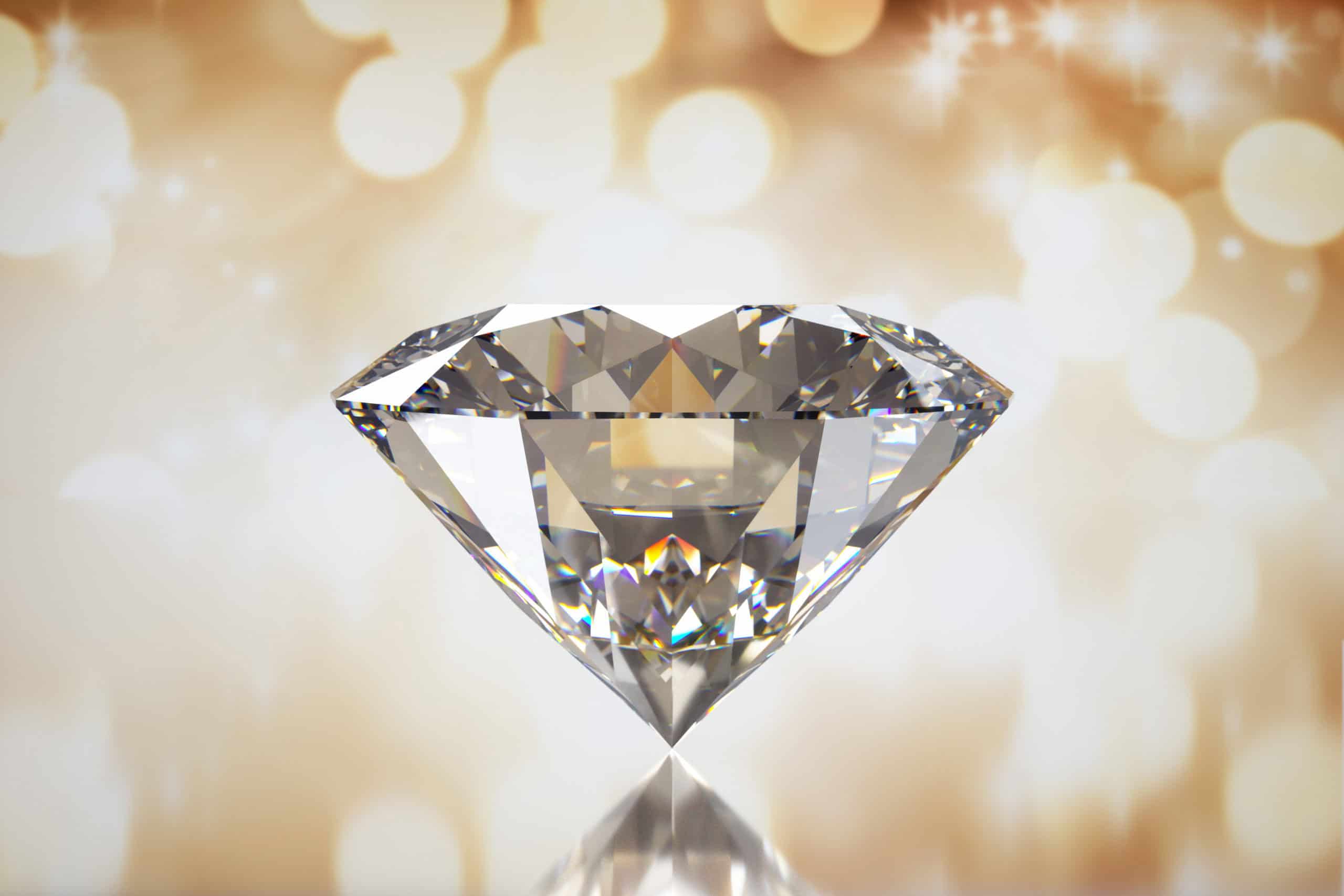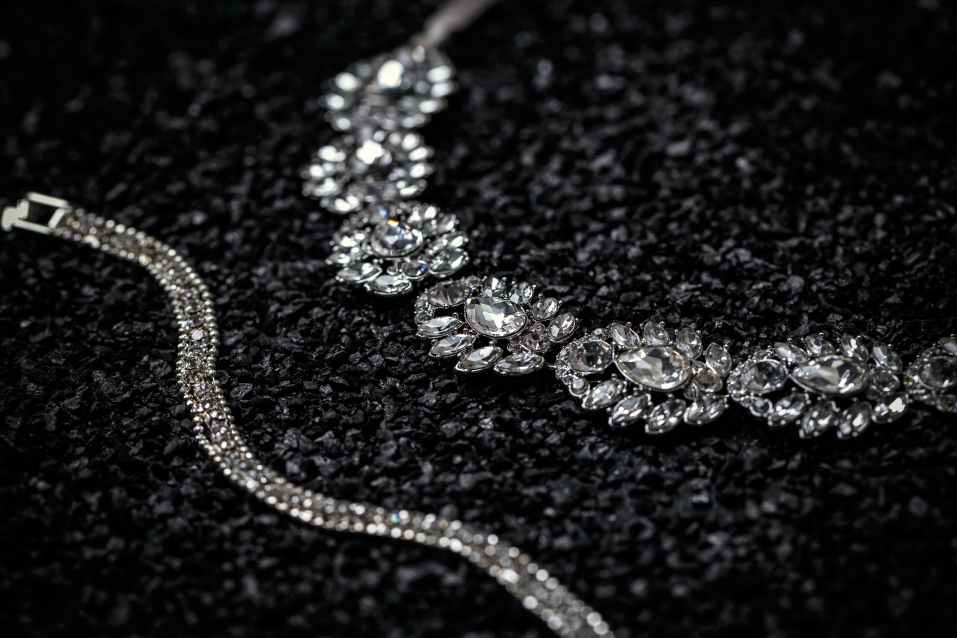In the evolving world of fine jewelry, budget lab grown diamonds have emerged as a revolutionary alternative to traditional mined diamonds. As consumers become increasingly conscious of both ethical and environmental issues, lab-grown diamonds offer a compelling choice that combines both beauty and responsibility. This article will delve into the benefits and considerations of budget lab-grown diamonds, providing a comprehensive guide to help you make an informed decision.
Understanding Lab-Grown Diamonds
Lab-grown diamonds are authentic diamonds that are created in controlled laboratory environments using advanced technological processes. These diamonds possess the same physical and chemical properties as natural diamonds, making them indistinguishable from their mined counterparts. The primary methods used to create lab-grown diamonds are High Pressure High Temperature (HPHT) and Chemical Vapor Deposition (CVD). Both methods replicate the natural diamond formation process, resulting in stones of exceptional quality.
The Advantages of Lab-Grown Diamonds
Cost Efficiency
One of the most significant advantages of lab-grown diamonds is their cost-effectiveness. Lab-grown diamonds are generally priced 30-40% lower than natural diamonds of similar quality and size. This is due to the lower production costs and the absence of the extensive supply chain associated with mined diamonds.
Ethical Considerations
Lab-grown diamonds are produced without the ethical concerns associated with traditional mining practices. They offer a conflict-free alternative, ensuring that your purchase does not contribute to human rights abuses or environmental degradation. This ethical advantage is increasingly important to modern consumers who value transparency and social responsibility.
Environmental Impact
Traditional diamond mining can have a significant environmental impact, including habitat destruction, soil erosion, and water contamination. Lab-grown diamonds, in contrast, have a minimal environmental footprint. By choosing lab-grown diamonds, you contribute to a more sustainable industry.
Quality and Purity
Lab-grown diamonds are created under controlled conditions, allowing for precise quality control. This results in diamonds that often have fewer impurities and inclusions compared to natural diamonds. Many lab-grown diamonds are graded at the same or higher standards as natural diamonds, offering superior clarity and brilliance.
Customization
Lab-grown diamonds provide greater flexibility in terms of customization. Whether you are looking for a specific cut, color, or carat weight, lab-grown diamonds can be tailored to meet your exact specifications. This level of personalization is often more accessible and affordable compared to customizations in natural diamonds.
Choosing Budget Lab-Grown Diamonds
When selecting a budget lab-grown diamond, several factors should be considered to ensure you make the best choice for your needs:
1. Define Your Budget
Determine your budget before beginning your search. Lab-grown diamonds offer exceptional value, allowing you to get a larger or higher-quality stone within a set budget compared to natural diamonds. Establishing a clear budget will help narrow down your options and simplify the selection process.
2. Understand the 4 Cs
The quality of lab-grown diamonds, like natural diamonds, is evaluated based on the 4 Cs: Cut, Color, Clarity, and Carat Weight. Understanding these factors will help you make an informed decision:
Cut: The cut affects the diamond’s brilliance and overall appearance. Lab-grown diamonds can be cut to exacting standards, ensuring optimal light reflection and sparkle.
Color: Lab-grown diamonds are available in a range of colors, from colorless to shades of yellow or brown. The most sought-after diamonds are colorless or near-colorless, but colored lab-grown diamonds can also be a unique choice.
Clarity: Clarity refers to the presence of internal or external flaws. Lab-grown diamonds often exhibit higher clarity grades due to their controlled creation environment.
Carat Weight: This determines the size of the diamond. Lab-grown diamonds provide the opportunity to select larger stones within a budget, offering more value for your money.
3. Certification
Ensure that the lab-grown diamond you choose is certified by a reputable gemological laboratory. Certification provides an independent assessment of the diamond’s quality and authenticity. Leading certification bodies include the Gemological Institute of America (GIA) and the International Gemological Institute (IGI).
4. Compare Vendors
Research various vendors to find the best options for budget lab grown diamonds. Reputable vendors will offer a range of diamonds and provide detailed information about their sourcing, certification, and return policies. Look for reviews and ratings to gauge customer satisfaction and reliability.
5. Consider the Setting
The setting of the diamond can significantly impact its overall appearance. Lab-grown diamonds can be set in various styles, from classic solitaires to intricate halo designs. Choose a setting that complements your personal style and enhances the diamond’s beauty.
The Future of Lab-Grown Diamonds
The lab-grown diamond industry is rapidly evolving, with ongoing advancements in technology and increased consumer acceptance. As the market expands, the availability of budget-friendly options is likely to grow, providing even more opportunities for consumers to choose lab-grown diamonds.
conclusion
In budget lab-grown diamonds offer a remarkable combination of affordability, ethical sourcing, and high quality. By understanding the benefits and factors involved, you can make a well-informed decision that aligns with your values and preferences. Whether you are purchasing an engagement ring, a necklace, or a pair of earrings, lab-grown diamonds provide a dazzling and responsible choice.







